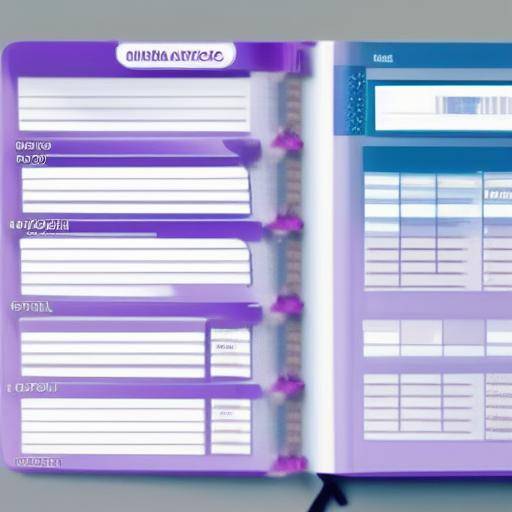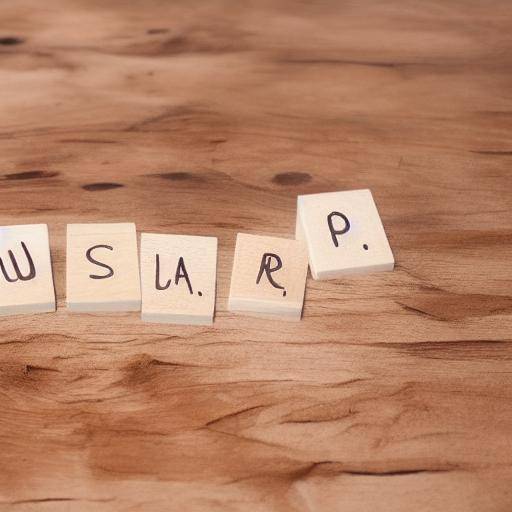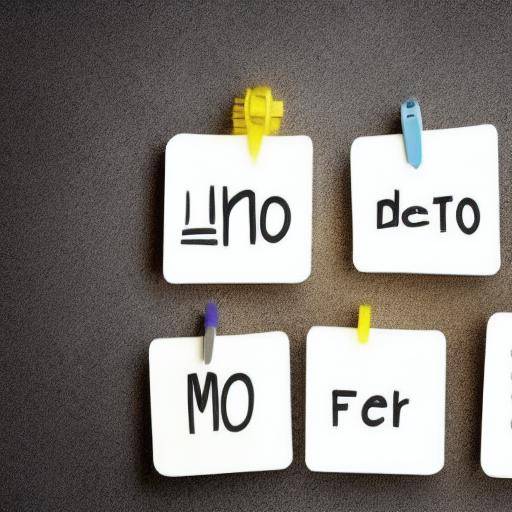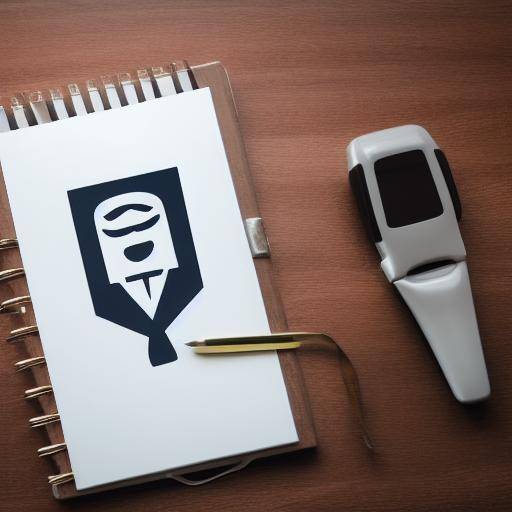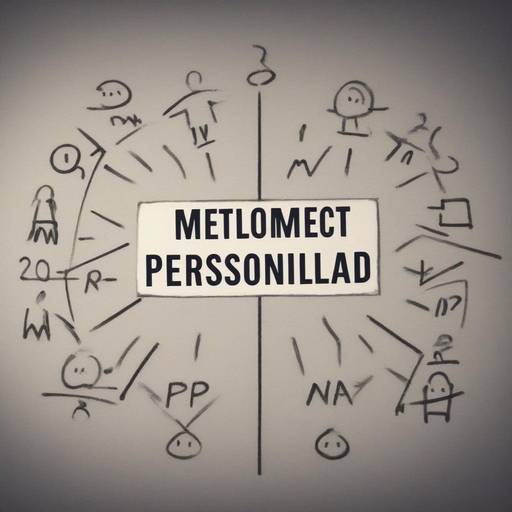
Introduction
Self-evaluation is a key tool for personal and professional development. However, we often face the difficulty of evaluating our own performance objectively. In this context, positive feedback plays a crucial role in providing an external and constructive vision of our actions. In this article, we will explore in detail the importance of positive feedback in self-evaluation, its benefits, challenges, and how it can contribute to personal development. In addition, we will provide practical advice and real examples for their effective implementation.
History and Background
Origins and Evolution of Self-Assessment and Positive Feedback
Self-evaluation and positive feedback have deep roots in psychology and education. From the first approaches to self-knowledge of ancient Greek philosophy to contemporary theories on personal development, these practices have been the subject of interest and study throughout history. The first research on self-assessment and positive feedback emerged in the educational field, recognizing the importance of students being able to evaluate their own learning accurately and receive constructive feedback to improve.
Significant progress in modern psychology has deepened our understanding of self-evaluation and positive feedback, highlighting its relevance to personal development, decision-making, and professional growth. Theorists like Carl Rogers and Abraham Maslow have contributed to the understanding of the importance of self-evaluation in the search for self-realization and the development of self-esteem. Positive feedback, on the other hand, has been widely studied in organizational contexts, showing its impact on the work performance and motivation of employees.
Deep analysis
Benefits of Positive Feedback in Self-Assessment
Positive feedback plays a crucial role in the self-assessment process by providing individuals with a balanced and constructive vision of their strengths and areas of improvement. By receiving positive feedback, people tend to feel motivated and recognized, which encourages them to continue developing their skills and performance. Positive feedback also fosters a sense of trust and self-efficiency, contributing to a more positive attitude towards learning and personal growth.
In addition, positive feedback can help individuals identify their under-used strengths and talents, allowing them to enhance and use them more effectively in their personal and professional lives. This approach to the recognition of the positive fosters an enabling environment for development and innovation, encouraging people to take calculated risks and explore new opportunities.
On the other hand, positive feedback can also contribute to continuous improvement by giving individuals a solid basis on which to build their skills and competencies. In receiving constructive and encouraging comments, people are more likely to experience with new strategies and approaches, ultimately enabling them to achieve higher levels of performance.
Challenges of Implementing Positive Feedback in Self-Assessment
Despite the obvious benefits, positive feedback on self-assessment entails significant challenges. One of the common challenges is the resistance to receiving positive feedback, especially when a negative view of itself has been internalized. In such cases, people can minimize or dismiss the praises received, making it difficult for the positive impact of feedback.
In addition, the balance between positive feedback and identification of improvement areas is crucial to ensuring a holistic and accurate assessment. Too much emphasis on positive feedback can lead to complacency and a lack of awareness about areas that require development. On the other hand, unbalanced feedback that focuses only on weaknesses can undermine trust and demotivate individuals.
Another key challenge lies in the effective delivery of positive feedback. It is essential that feedback be specific, relevant and timely to have the maximum impact on the self-assessment process. Generic or vague feedback can be less effective and meaningless for the receiver, so it is important to develop skills to provide constructive feedback effectively.
Comprehensive review
Practical Applications of Positive Feedback in Self-Assessment
Positive feedback can be applied in a variety of contexts, from educational environments to the workplace. In the educational field, teachers can foster self-assessment and student development by offering positive feedback that recognizes the student's effort, creativity and academic achievements. This can contribute to greater self-confidence and autonomy in learning.
In the context of work, leaders and managers can use positive feedback to motivate their employees, strengthen desirable behaviors and foster a positive working environment. Public recognition of the achievements and valuable contributions of employees can have a significant impact on their commitment and performance at work.
Best Practices and Expert Perspectives
Within the professional environment, it has been observed that effective positive feedback requires a proactive and continuous approach. Instead of being limited to regular formal evaluations, the implementation of a culture of regular and constructive feedback is encouraged. This implies the incorporation of positive feedback on a daily basis, allowing praise and recognition to be opportunities for learning and continuous motivation.
Experts agree that positive feedback should be honest, specific and supported by concrete examples. Sharing success stories and providing clear examples of behaviors or actions that have had a positive impact can increase the effectiveness of feedback and strengthen their influence on the self-assessment process.
Comparative analysis
Comparison between Self-Assessment and Positive Feedback
While self-evaluation and positive feedback are interrelated, there are significant differences between both practices. Self-assessment focuses on the ability of a person to evaluate their own actions, behaviors and achievements in an objective and reflective manner. On the other hand, positive feedback implies receiving constructive and encouraging feedback from external sources, complementing and enriching personal self-assessment.
Self-evaluation is an internal process that requires self-criticism, self-consciousness and ability to self-evaluate in an honest and realistic way. Positive feedback, on the other hand, provides an external perspective that can complete and enrich self-evaluation by offering a different viewpoint and recognizing the achievements and strengths that sometimes go unnoticed for the self-evaluating person.
Practical Tips and Recommendations
How to Incorporate Positive Feedback into Self-Assessment
- Cultivating a culture of appreciation: Recognizing and appreciating the achievements and efforts themselves is essential for a balanced and realistic self-evaluation.
- Find feedback from reliable sources: Find feedback from people you trust and whose point of view values for an honest and constructive external perspective.
- Accept and process feedback: Be open to positive feedback and be willing to reflect on them to integrate them into self-assessment.
- Practice self-acceptance: Accepting both praises and improvement areas identified through positive feedback helps to fuel personal growth and self-confidence.
Industry Perspectives and Expert Reviews
Interviews with Experts on Personal and Professional Development
Dr. Elena Sánchez, Psychologist and Certified Coach
"positive feedback is an essential component in personal and professional development. By recognizing and focusing on strengths, not only does a sense of achievement be fostered, but also promotes intrinsic motivation and self-confidence to face challenges."
Alejandro Vargas, Human Resources Manager at a Multinational Company
"In our company, we have seen a significant impact in implementing a culture of recognition and positive feedback. Employees feel valued and motivated, which is reflected in their commitment and performance at work."
Case Studies and Practical Applications
Examples of Positive Feedback in Self-Assessment
Case Study: Professional Development
Ana, a marketing executive, is subject to a regular self-assessment to evaluate her performance and establish professional development goals. By requesting feedback from your team, you are commended for your ability to inspire and motivate the team, which reinforces your confidence and encourages you to seek opportunities to lead key projects.
Application in the Education Environment
In an academic environment, students who receive positive feedback on their creativity and persistence in problem solving show greater autonomy and confidence in their ability to face academic challenges, which is reflected in their performance and commitment to learning.
Future Trends and Predictions
Evolution of Positive Feedback in Self-Assessment
Positive feedback is expected to continue to play a central role in personal development, with a growing focus on technology integration to facilitate the delivery and monitoring of effective feedback. In addition, greater emphasis is placed on the inclusion of positive feedback in virtual and remote working environments, recognizing the importance of maintaining a sense of connection and motivation in distributed working environments.
Conclusions
In short, positive feedback plays an essential role in the self-assessment process by providing a balanced and constructive perspective that fosters personal and professional growth. Recognizing and focusing on individual strengths, positive feedback drives self-confidence, motivation and ability to face challenges with a positive attitude. As we continue to explore the potential of self-assessment and positive feedback in personal and professional development, it is essential to cultivate a culture that values recognition and appreciation, both for oneself and for others.
Frequently asked questions
What is the difference between positive feedback and negative self-assessment?
Positive feedback focuses on recognizing the strengths and achievements of a person, while negative feedback highlights areas of improvement and actions that have not met expectations. Both forms of feedback are important for balanced and constructive self-evaluation.
How can I overcome the resistance to receiving positive feedback?
To overcome resistance to positive feedback, it is important to develop a culture of appreciation and self-acceptance. Recognizing and assessing the praises received, as well as being open to processing and reflecting on them, can help integrate positive feedback into self-assessment.
What is the impact of positive feedback on professional development?
Positive feedback contributes significantly to professional development by building confidence, motivation and identifying key strengths that can enhance job performance. It also promotes a positive working environment and a greater commitment to growth and excellence.
How can I incorporate positive feedback into my self-assessment process?
To incorporate positive feedback into your self-assessment process, seek feedback from reliable sources, such as mentors, colleagues or supervisors, that can provide you with a constructive external perspective. Value and reflect on the praises received, recognizing and appreciating your achievements and strengths.
What is the role of positive feedback in intrinsic motivation?
Positive feedback fuels intrinsic motivation by recognizing and focusing on personal achievements and individual strengths. By feeling valued and recognized, people find a greater sense of purpose and satisfaction in their work and in the search for personal goals.
What future trends are expected in the delivery of positive feedback?
Increased integration of technology is expected in the delivery of positive feedback, facilitating its monitoring and effective implementation. In addition, an approach is envisaged to include positive feedback in virtual and remote working environments to maintain motivation and commitment in distributed environments.
How can I develop skills to provide effective positive feedback?
To develop skills to provide effective positive feedback, practice delivering specific and honest praises and recognitions. Use concrete examples to support your feedback and foster a culture of appreciation and recognition in your personal or work environment.
Conclusion Ultimately, positive feedback plays a crucial role in the self-assessment process, providing a balanced and constructive vision of our achievements, strengths and areas of improvement. By recognizing and assessing our own contributions and skills, we can cultivate a greater sense of trust, motivation and personal growth. By effectively incorporating positive feedback into our self-assessment process, we foster an enabling environment for continuous personal and professional development.
The commitment to the practice of self-evaluation and the active pursuit of positive feedback gives us the opportunity to recognize and capitalize on our strengths, while driving us to address areas that require development. Therefore, we encourage our readers to cultivate a culture of appreciation, acceptance and openness to constructive feedback as a means of enhancing their personal and professional growth and development.


